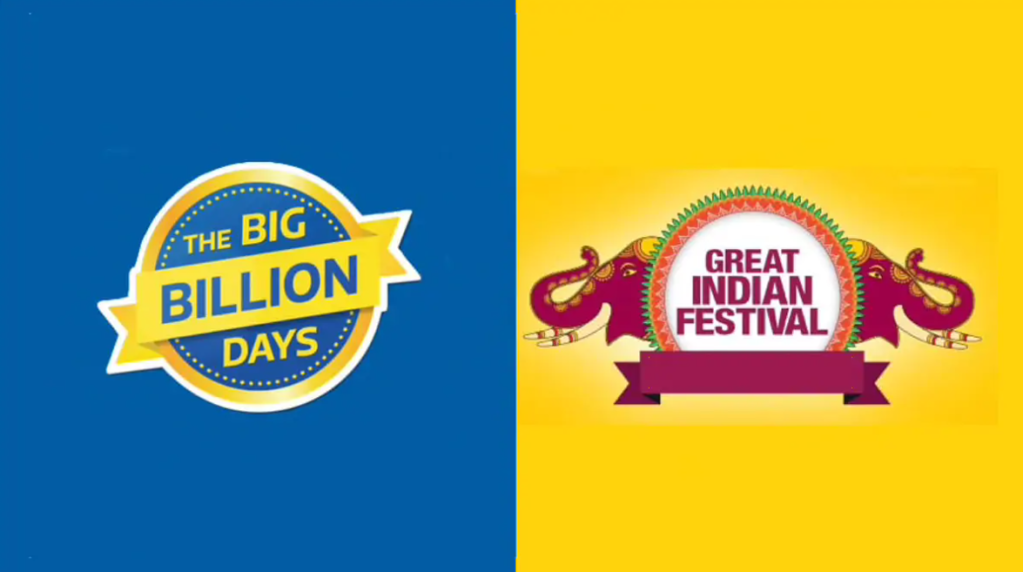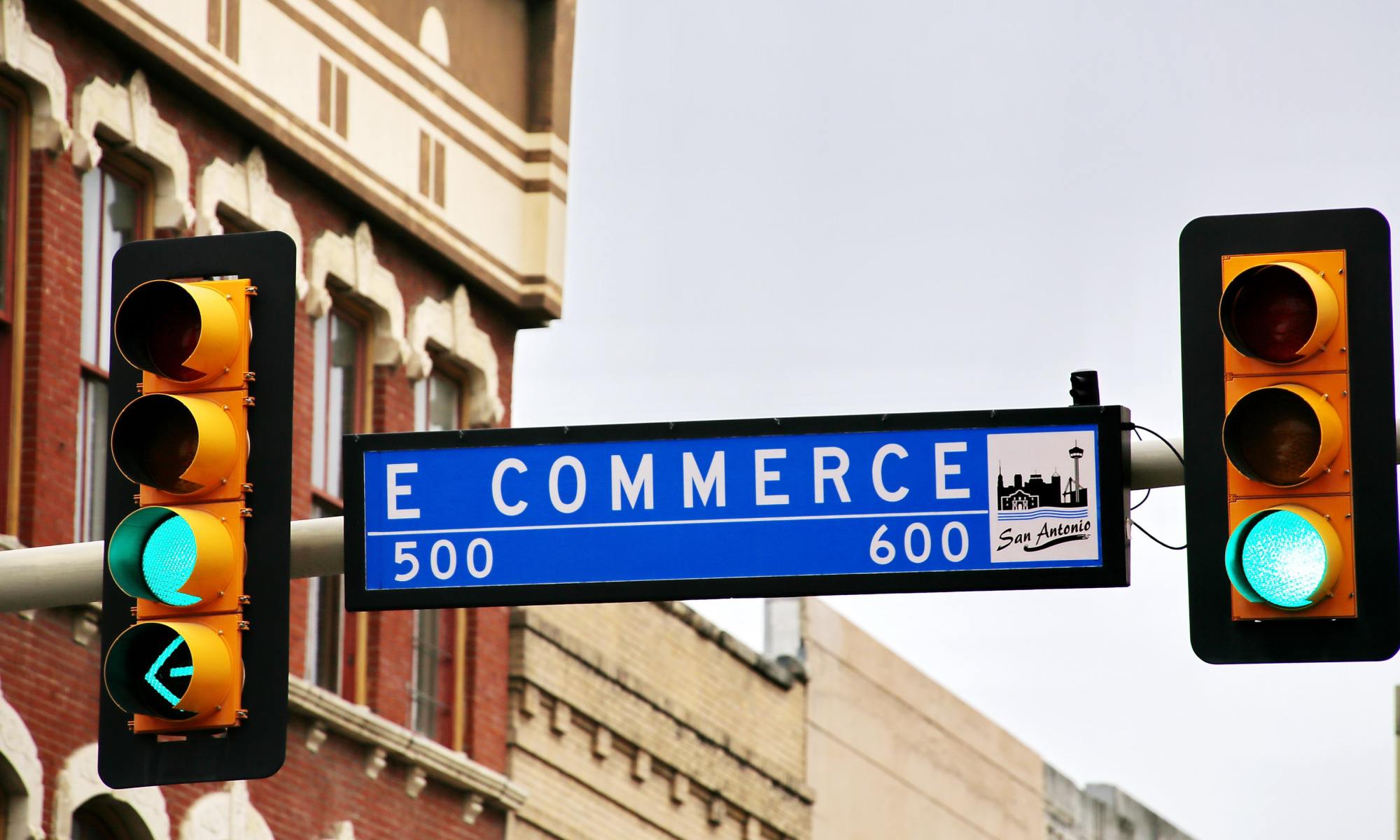When we think of e-commerce, we imagine wide-ranging growth and development. In the past two decades with the advent of technology, constant change and development we have seen a drastic change in the market and consumer behaviour (majorly, during and after the year 2014). The rise of the internet, better service and mobile penetration have made things speed up in recent times. In the current state, 85% of the consumers prefer buying online over brick and mortar shops, says PIPLSAY (Consumer Confidence Tracker). Such a sudden rise in behaviour has a positive and negative impact on various sectors of the market.

History and Evolution
Ecommerce was possible after the internet was available in 1991 for commercial purposes. Before, in the 1970s e-commerce meant the electronic transactions that were done with the then leading technologies such as the Electronic Data Interchange (EDI) and the Electronic Funds Transfer (EFT). It is in the year 1995, India witnessed an Internet Wave. The development of security portals and DSL created rapid access and greater persistent. The B2B portals, job search directories, etc started emerging, but they faced many problems due to low internet penetration, low consumer base, slow internet, inadequate logistic infrastructure, and a lack of tangible revenue model. Then came the advent of e-ticketing due to low-cost carriers, in the year 2005. The Indian railways started accepting digital payments and e-ticket booking which proved to be a convenience for the consumers. At that time, there was a rise in disposable income of the middle-class, consumer lifestyle and convenience which acted as catalysts. 2007 onwards a new age of e-commerce started evolving with the advent of various e-commerce sites such as Myntra, Flipkart, Snapdeal and Infibeam. They tried to gain customers through rigorous marketing and heavy discounting. This continued for a few years with ups and downs in between and then finally in the year 2014 the e-commerce business scaled to new heights with Flipkart scaling up to 62 million visits and Myntra at 59.5 million. Given that they had come together, they scaled more traffic than the 8 players in the market. Jabong with 42.5 million followed by Snapdeal with 31.5 million visits and Amazon with a descent 27.6 million (40 million if added with Junglee’s, which it had acquired). In the year 2015, the internet reached around 400 million users in India with people using it for online shopping, hailing taxis, ordering food, hiring plumbers, electricians and beauticians, booking cinema, hotel and flight tickets and many other things. But in the same year, many businesses grappled with a shortage of funds but eventually procured it. The Venture Capital (VC) firms that invested in 2015 was $5.7 billion, a 39% rise than the previous year (data provided by Tracxn, a company that provides data on start-ups). Thus in 2015, it became clear that India would grow by leaps and bounds in the e-commerce sector.

In the current times, the two giants Flipkart and Amazon are at the peak of there sales. They have been offering heavy discounts during the festive season. The “Big Billion Day Sale” and “The Great Indian Festival Sale”, respectively are flagship sales which are the most awaited days for their users. Flipkart experienced around 40% growth as compared to the last year’s same event. The Walmart-owned firm achieved this only in the first three days of the week-long BBD sale. Amazon also witnessed the biggest ever opening by getting orders for more than 98% of India’s pin-code in the first 48 hours. The premium section of mobile phones saw a 3.2 times growth with Apple’s iPhone SE falling to a price of Rs.24,999 on 16th October 2020 (due to deep discounts) from its MRP of Rs.42,999. Moreover, the option of exchange and SBI discounts of Rs. 2000 (approx.) was available with debit/credit cardholders.
Mom and Pop stores
The mom and pop or the Kirana stores are ubiquitous around the country of India. There are an estimated 15 million small retailers in the nook and corner of the country, according to redseer.com. Many provide personalized and hassle-free service to their customers. These stores face many problems related to sourcing, operations, managing finance and utilizing their free time/capacity for the Kirana stores. When compared to the e-commerce market, the Kirana stores face challenges related to technology, working capital, space, supply chain, high customer acquisition cost, unavailability of affordable merchandise mix, poor last-mile delivery, returns logistic issue which all account to low profitability in many cases. Yet many others can survive despite the huge sales of e-commerce players.

How Kirana/Mom and Pop Stores get affected?
The e-commerce players have deep pockets and do not hesitate to provide heavy discounts to gain customers. They offer discounts up to 80% or more during festive or special sales. If an e-commerce giant sells a shampoo of Rs. 100 at Rs. 75 then the local Kirana stores won’t be able to match up and eventually lose out. In the online platform, the customers have a wider range of products to choose from whereas in small Kirana stores there’s less variety and the products cost more as compared to the online market. This happens as the small shops don’t buy the materials in bulk and hence can’t provide discounts which can be another factor in turning off customers. These shops are specialized in selling a limited number of products; therefore, the customers won’t get everything they want in a single store. A few other factors that add to the woes of the Kirana stores are the advancing technology, innovative marketing strategies, social media, etc. The new technologies in the supply chain like transportation management software, immersion technologies, AI, IOTs, and many other innovations can revolutionize the supply chain market. Such technologies can be easily adopted by e-commerce giants. With the mobile penetration reaching 35% in India, it is becoming convenient for the customers to order online with just a few clicks without moving out of the house. The cloud technologies of such companies provide seamless purchasing cycle and host effective marketing campaigns that attract more and more customers. The digital advertising has grown significantly in India and stood at 199 billion Indian rupees in the fiscal year 2020, a 24% growth as compared to the previous year. Such advertising strategies help companies gain visibility with low investment as compared to television advertisements. SEO also helps them in better ranking which motivates the users to visit their websites frequently. Today’s youth is more inclined towards social media and tends to shop online due to the variety and convenience. With the other retail big players adopting the omnichannel retailing, the small stores tend to lag. With the social media craze playing a greater role in the branding segment and people shifting to buy online from groceries to luxury items, the game of grabbing customers’ attention is won by the e-commerce giants.

New Government Rules
The rules rolled out by the government in July 2020 are intended to maintain a healthy ecosystem and prevent creating digital monopolies in the Indian market. The big players have a role to play in influencing the buyer’s behaviour through various techniques of marketing and other beneficial means. The 15-page draft seen by Blomberg, mentions the appointment of a regulator of e-commerce to ensure the industry is competitive with broad access to information and resources. The rules would allow the government to access the online companies’ source codes and algorithms which would help reduce the digitally induced biases by the competitors. The draft also mentions that the companies should have “explainable AI” which refer to the use of artificial intelligence. The government in consultation of relevant stakeholders aims to define the e-commerce that requires mirroring or localization. Due to criticism of hosting data overseas in recent times, they’ve also been directed to make data available pertaining to national security, taxation and law and order. The other details related to the seller (like phone numbers, customer complaint contacts, email and addresses) also need to be disclosed by the companies to the consumers for seamless exchange. In October 2020, the government had issued another notice to the e-commerce giants for not showing mandatory information on various products. Such regulations are quick reminders of how the government is taking steps and also need to carve out many new ways to tackle futuristic problems.

Way Forward
Firstly, according to research by RedSeer, the FinTech companies are assisting the traditional Kirana stores in their multiple financial issues relating to capital raising, supply chains, supplier payments, bookkeeping, invoicing and tax filing. The biggest problem faced by them was the management and recovery of a large number of credit receivables, which were not at all recovered. Secondly, the big retailers like the Reliance, Metro, Walmart, etc are helping the Kirana stores to track sales, manage inventory, drive customer insight and conduct proper product planning. Last but not the least, Amazon, Flipkart and JioMart have already brought in thousands of local Kirana shops onto their platform. They are trying to lead the way to the future of “hyperlocal”. The Kirana stores reach and knowledge of the local community is unmatched and thus by the integration of technology and local stores, the distribution and reach would expand. For instance, Flipkart brought in more than 50,000 Kirana stores before its “Big Billion Day” sale and made deliveries to customers in more than 850 cities. Such large numbers showcase the significant changes that would reflect in the future of e-commerce.
Being the oldest form of retail, the kiranas have unmatched knowledge and the highest penetration in the Indian market. They maintain a long-standing relationship with the customers and have gained their trust. With the deep discounts offered by the companies on numerous products; many other retailers that are still out of the reach of the digital companies, face problems related to lowering footfall and less revenue. Many Kirana and local retailers are indeed benefitted by the initiatives taken by the government and other companies, but more rules and regulations need to be implemented for the retailers whose problems are still not addressed. Such convergence of the e-sellers and the kiranas would prove to be a win-win situation for the four key stakeholders – big retailers, e-sellers, small stores and the customers. Thus, such inclusive collaborations will maintain the culture of the community and keep the invaluable relationships alive.


